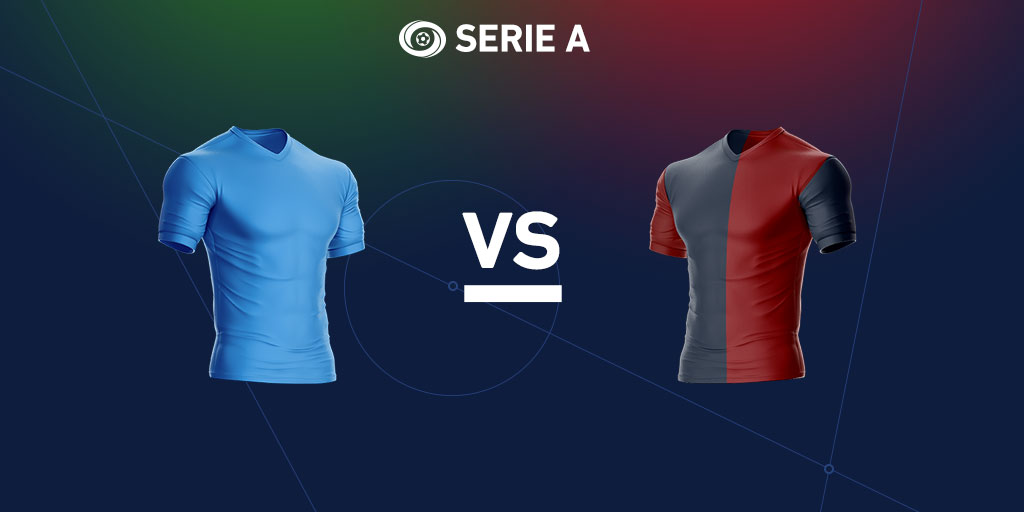
As a result there are two great options to turbo-charge your reaching performance and always be able to sail at 100% of targets no matter what the wind angle. Luckily, under IRC the penalty for additional spinnakers is low and there is no penalty for additional jibs as only the largest one is measured. For anyone racing offshore or round the cans regattas like Cowes Week this is a real problem as they are potentially giving away a lot of time on the water. The problem these boats have is that the jibs are not hugely effective off the breeze and their large spinnakers are too deep to sail tight angles resulting in a large range of angles where you are unable to sail at 100% of your boats targets. Downwind they use large spinnakers and also have good performance resulting in a set up which works perfectly for windward leeward racing. If you want to have a safer strong winds small spinnaker you should probably consider an A5 which is easier to handle in strong winds.The average IRC yacht now has non overlapping headsails which can be inhauled and a medium roach mainsail and can go upwind very effectively in all but the lightest of conditions.
Code zero vs genoa code#
Here we are talking of a furled Code 5 which however still has a roach at its top and it will roll quite badly in strong winds especially on a bottom up traditional furler. As soon as we bear away everything calms down, but be careful to keep it up beyond its limit as taking it down can, at times become tricky.

However, if we can play with the wind angle and bear away in the stronger winds and come up as it softens this is a very versatile sail. We will have to either bear away if the wind increases or change down to the Genoa. Sailing higher in strong winds of around 30 knots we have to make a choice. We can also use it as a small strong winds spinnaker to go downwind and we could keep it up in 40 knots of true wind speed (TWS) sailing deep. Its cut allows to sail higher than we could when using our fractional asymmetric spinnaker A6.
Code zero vs genoa full#
On a reach – Code 3 Gennaker and full mainsail – Pacific OceanĪ code 5 is defined a code if it has an anti-torsion cable, otherwise would spead of an A5.

If we talk about codes then this will be a furling sail on an anti-torsion cable and it is usually made of polyester laminate. The code 3 is comparable to a drifter, but it is basically the largest reaching sail we can build for our boat. Between 160 and 180 you are in the no-go zone of dead downwind where modern boats can’t sail. From 115 to 145 we will talk of a broad reach, between 155 and 160 we’re downwind. From 45 to 70 degrees we will talk about a beat and prgressively a broad beat. This is a much larger furled gennaker than the Code Zero, perfect for reaching in light to medium airs.Ĭlass40 – Mainsail and Code3 (Gennaker) Points of sail: reachingīy reaching we mean those points of sail between a broad beat and sailing downwind, about 70-115 degrees to the true wind angle. Mini 650 – Full main and Code zero rigged at the tip of the bowsprit used for reaching or as a drifterĭuring the Global Ocean Race we were allowed an extra sail so we carried a Code 3. It is a sail suitable for reaching in medium to stronger winds and can be used as a strong wind downwind spinnaker.
Code zero vs genoa free#
In strong winds both on Mini 650s and on the Class40s we typically find an A5 (with a free leech) or a Code 5 (furtled with an anti-torsion cable). Mini 650 – Mainsail and Code Zero brought back on the bowsprit for a beat in light airs This is rigged at the tip of the bowsprit on a reach and at two-thirds for beats or broad beats to bring back the sail centre. A Code Zero is often found on Mini 650s and Class40s. Therefore often compromise solutions have to be found. On Mini 650s as well as on Class40s and Imocas the total number of sails is limited. For this reason, many boats do not have adequate sails to cover these points of sails in all wind conditions. Broad reaches are, in percentage terms, less frequent than upwind or deep downwind legs.


 0 kommentar(er)
0 kommentar(er)
